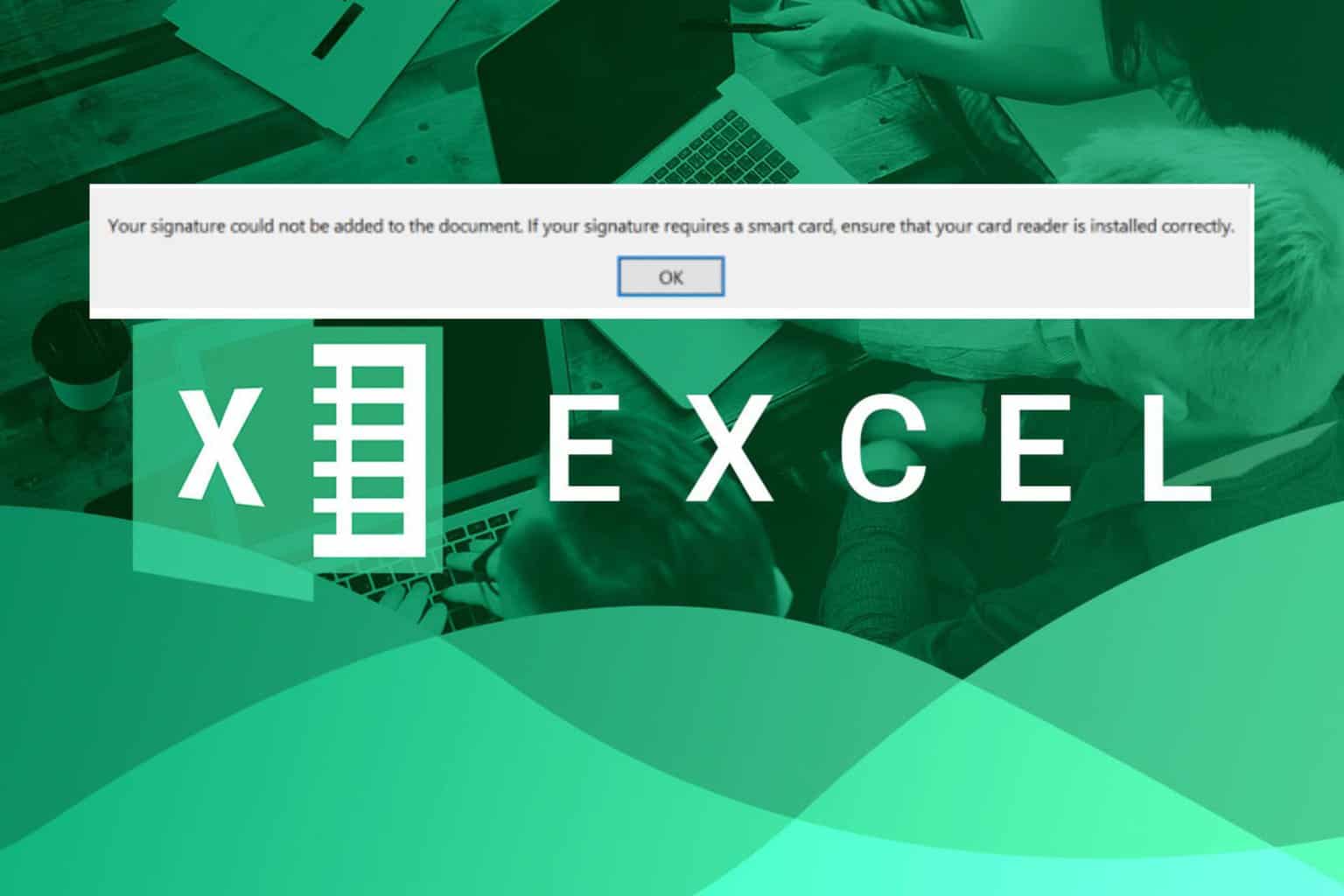XLS vs XLSX: Differences & 3 Ways to Convert Them
XLS and XLSX are both spreadsheet formats developed by Microsoft
4 min. read
Updated on
Read our disclosure page to find out how can you help Windows Report sustain the editorial team. Read more

When working on Microsoft Excel files, you might have come across two formats, i.e., XLS and XLSX and you might have wondered what are the difference between the two.
In this guide, we will share a guide that explains the differences between XLS vs XLSX and all the different ways to convert them. Let us check out the guide.
XLS vs. XLSX: What are they?
1. What is XLS?
The XLS format is a file format developed by Microsoft that is used by Microsoft spreadsheet programs known as Excel. It is a default file format for saving spreadsheet files.
When you launch the MS Excel program, you will be shown a blank spreadsheet that can be added with multiple columns, rows, calculations, and other data.
The XLS format is an old Excel format that uses proprietary binary, more formally known as BIFF or Binary Interchange FileFormat.
It was first introduced in 1987 when the Microsoft Excel program was released. The XLS file format was later replaced by the XLSX format.
2. What is XLSX?
On the other hand, the XLSX format is a Microsoft spreadsheet designed to be used not only on Windows, but across all platforms such as Android, iOS, and macOS.
When dealing with an XLSX file, you instantly understand that the file may contain calculation, pivot tables, graphing tools, and programming tools such as Visual Basic for apps.
After Microsoft update the Office in 2007, the letter X was added to many of its extensions, such as DOCX, PPTX, and XLSX.
The XLSX file format is more compatible with diverse software outside of Windows and contains Excel data not provided by XLS, including advanced formulas, charts, media, and formats. So if you run into the excel error extension not valid, it’s probably because it is of the XLS format.
XLS vs XLSX: Differences
| XLS | XLSX |
| The XLS format was the default format for Microsoft spreadsheets for MS Excel 97 to Excel 2003. | The XLSX format is the default format for Excel 2007 and later. |
| XLS file format takes up more storage compared to XLSX. | XLSX takes up less space, thus saving the size of your document. |
| The row limit is 65,536 (216) and 256 columns (28). | The row limit is 1,048,576 rows (220) and 16,384 columns (214). |
| XLS is a bit faster compared to XLSX. | XLSX, despite being a newer format, is slower compared to XLS. |
| XLS is compatible with fewer devices but works across more MS Excel versions. | XLSX is supported by more devices but works with MS Excel 2007 or later versions. |
| XLS file is less secure and doesn’t have robust security against data loss, because being in binary format. | XLSX comes with more security, more features, and transparency. |
How do I convert XLS to XLSX and XLSX to XLS?
1. Simply rename the files
- Press the Win + E keys to open the File Explorer.
- Right-click on the target file and select Rename. You can alternatively, click on the file and press F2 to rename it.
- Change the file extension from XLSX to XLS or vice versa and hit Enter.
- Select Yes in the warning prompt that appears, and the file format will be changed.
This is one of the easiest ways to convert XLS format to XLSX format or vice versa. This doesn’t require the usage of any software and lets you convert between XLS vs XLSX.
2. Convert using MS Excel
- Open the XLSX file with MS Excel 2007 version or later.
- Click on the File tab on the top.
- Select Save as from the left pane and choose the location to save the file.
- From the Save as type drop-down, select Excel 97-2003 Workbook (.xlsx).
- Click the Save button.
You can also use Microsoft Excel software to change the extension of the XLS file to XLSX or XLSX file to XLS. This will help you to get the file in the desired format to be able to run in the supported version of MS Excel.
3. Use online converters
You can always rely on the internet for some free tool that can help you to convert XLS to XLSX and vice versa. You can use one of the many websites out there like CloudConvert that will help you convert the files.
All you need to do is upload the XLS or XLSX file and select the output format and download it. That’s it. It is as easy as that. If you want to learn more about Excel, we have a great guide how to copy data from Excel to Word, so don’t miss it.
Now that you know the differences, don’t miss our guide on how to open .XLSX files on your PC.
Feel free to let us know in the comments below if this guide helped you understand the difference between XLS vs XLSX.












User forum
0 messages